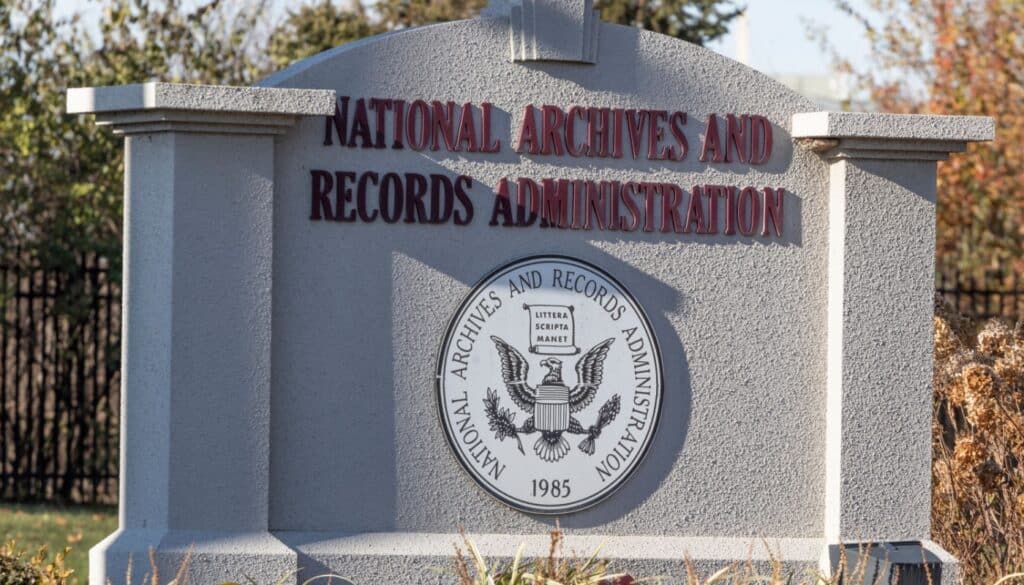How To Find Family History

A home is where the heart is, and for many of us, that heart beats with a huge desire to reveal the secrets of our family’s past. However, the journey to find our ancestors’ stories, legacies, and traditions starts within generally seen places – our own homes.
It begins with whispered tales of great-grandparents, yellowed photos wrapped away in storerooms, dusty documents covered in basements, and local archives waiting to be explored. And now, with the web at our fingertips, finding the family tree with conceivable outcomes for discovery is endless.
As we dive into our family’s history, we may reveal surprising stories, forgotten conventions, and a deeper connection to our legacy. Are you ready to begin this significant adventure of making a family tree or finding your ancestors? Follow the genealogy research guidelines below to help you explore the way back to your family’s roots and reveal the treasures of your family’s history.
Begin With Yourself
Begin your family tree by starting with the best person you know — you! From there, work back in time, starting with your parents and the familiar ones. Compose as much information as possible about them, including their names, places where they lived, dates of birth and passing, and their relatives with you and others.
Next, move on to your grandparents and great-grandparents, and so on. To create your family tree, you should gather four principal components:
- Names
- Dates (such as birth, marriage, and passing dates)
- Places (where your predecessors lived)
- Relationships (such as who was married to whom and who were the guardians and children).
This information might help you build a solid family tree foundation.
Researching Treasures At Home
Professional genealogists are expert agents as they know that the best place to begin your family history search is at home, where you can discover old photographs, paperwork, and private letters that hold the key to your family’s past. Focus your search on places like the storage room, basement, and drawers because you might discover ancient photographs, papers, and letters there.
You might come across items like old photos, military papers, diplomas, report cards, letters, postcards, and diaries, which can give clues about your family history. But always ask permission before taking photos or scanning anything.
In addition, if your research concerns the artifacts in their houses, you should invite your family to participate. Tell them your plans and reasons, ask them to assist you, and respect their wishes about handling, duplicating, or storing any item you find.
Go Online And Research Historical Documents
Use online platforms like archives and genealogy research websites to discover historical reports and data about your family’s history. You may discover marriage licenses, birth and passing certificates, census records, and military service records.
But ensure each state has its claim archives, which can be a treasure trove of information. You may find state censuses, military records, court documents, etc.
Local Archives And Libraries

Remember to visit local archives, libraries, and historical societies. They may have rare records like land deeds, wills, newspapers, and church registers to help your research. You can visit in person or use their online resources.
Remember, the internet is just one tool. Local archives, libraries, and historical societies can be your best friends when finding your ancestors!
Organize Your Findings
Your search will yield many results in the first few weeks because that’s when information on close relatives is usually easiest to find. Before you begin your study, select an online genealogical database to organize and store anything you find.
Tip: If you want to manage or create your family tree while on the road, select a program or online database that includes a companion mobile app.
Create A Family Tree

Ready to learn “how to find your ancestors”? Once you’ve collected sufficient data, it’s time to begin building your family tree. Start with yourself and work backward, including each era one step at a time. Including names, birthdates, marriage dates, and locations to make a comprehensive picture of your family’s lineage.
Tip: Start little! Begin with what you know – your quick family – and work your way backward, one era at a time. Don’t worry if you do not have all the data, to begin with – you can continuously include more as you find it!
Get A DNA Test
By tracing a paper trail, state-of-the-art DNA ancestry testing kits, such as National Geographic’s Geno 2.0 Kit, can connect you to people and places you might not have otherwise discovered. Many scientists working on Geno 2.0 strive to identify deep ancestry.
Participants also learned about the migration routes their ancient ancestors took thousands of years ago and the specifics of their ancestral roots — their branch on the family tree — even though this is not primarily a genealogy testing service.
However, when selecting a DNA testing service, especially for ancestry research, look for one that offers a huge database of tested individuals, free DNA sample storage (in case you decide to purchase a different test later), online assistance, and lessons.
Verify The Gathered Information
Lastly, ensure that your family tree accurately depicts your family’s history by double-checking the accuracy of your information. Verify dates, names, and relationships with numerous sources to prevent mistakes and inconsistencies.
Keep Going
Tracing your family history is a journey that may require a little devotion and determination. But trust us, it’s worth it! Digging into your genealogical roots, you’ll find many historical treasures, including distinctive stories, secrets, and surprises. And when you finally set foot in your ancestors’ country, you’ll feel a sense of pride and association that’s difficult to put into words.
So, buckle up and get prepared to learn from the past. Your family’s history awaits you – go out there and reveal it!


